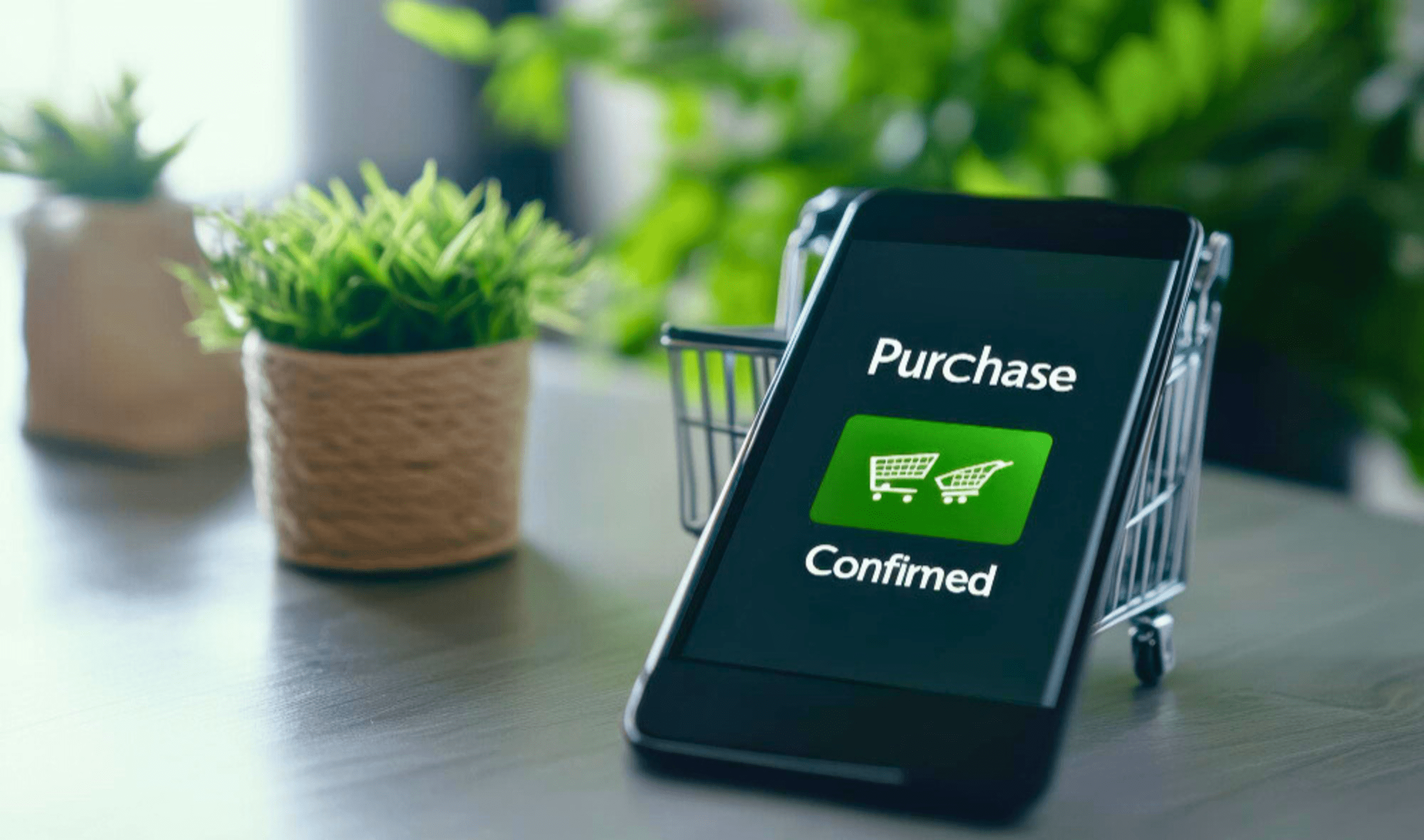Why Repurchase Rate Should Be Your Priority Metric

As digital marketers, it’s tempting to chase flashy metrics like customer acquisition or conversion rates. While these numbers are important, they often overshadow a less glamorous but critical metric: the repurchase rate. For businesses aiming for sustainable growth, focusing on repeat purchases can be more impactful than simply attracting new customers.
In today's article, we'll explore why repurchase rate should be your priority metric and how it can drive long-term success.
✅Focusing on repurchase rates is more cost-effective than customer acquisition, as retaining existing customers costs significantly less.
✅Increasing the repurchase rate directly boosts Customer Lifetime Value (CLV) and enhances revenue predictability.
✅Cross-channel marketing and automation tools are essential for improving repurchase rates by delivering personalized messages.
Cost-Efficiency of Retention Over Acquisition
Acquiring new customers is expensive. According to widely cited research, it can cost five to seven times more to attract a new customer than to retain an existing one. When you focus solely on acquisition, your customer base may grow, but the costs involved can quickly erode profit margins.
In contrast, improving the repurchase rate drives growth at a fraction of the cost. You’re marketing to customers who have already expressed interest in your product and know your brand. The reduced need for high-cost ads and promotions makes repeat customers a more cost-effective growth strategy.
Customer Lifetime Value (CLV) is Directly Tied to Repurchase Rate
The lifetime value of a customer (CLV) is a key performance indicator for long-term business profitability. CLV is influenced by how often a customer returns to make a purchase and how much they spend during each interaction. Increasing the repurchase rate directly boosts CLV.
For example, a customer who buys a product once has limited value to your business. But if that customer makes a second, third, or fourth purchase, their value increases exponentially. Higher repurchase rates also help spread marketing costs over time, making each customer more profitable with every purchase they make.
Trust and Loyalty Lead to Organic Growth
Repurchase rates are a direct reflection of customer satisfaction. If a customer is willing to come back and make additional purchases, it signals trust in your brand and product quality. Satisfied customers often share their positive experiences, which can lead to word-of-mouth referrals and organic growth.
Loyal customers also tend to engage more with your brand on social media and are more likely to participate in loyalty programs. Over time, this increases customer advocacy and brand credibility, further driving your acquisition efforts through unpaid channels.
It Helps Identify Product-Market Fit
A high repurchase rate indicates that your product meets the needs and expectations of your audience. This can provide valuable feedback about product-market fit. If your customers keep coming back, it’s a strong signal that your product is well-suited for your target audience.
On the other hand, a low repurchase rate may indicate a disconnect between your product's offerings and customers' needs. Monitoring repurchase rates allows marketers to fine-tune their product offerings, messaging, and customer experience strategies to align more closely with customer expectations.
Eases Revenue Predictability and Business Stability
When you focus on improving the repurchase rate, your revenue stream becomes more predictable. Recurring revenue from repeat customers creates stability, making it easier to forecast future growth and make informed financial decisions.
Subscription-based businesses have long understood the value of repeat customers for revenue stability, but even non-subscription models can benefit. If you can identify patterns in your customers’ repurchase behavior, you can more accurately predict future revenue, making it easier to allocate budgets, scale operations, and plan for expansion.
Cross-Channel Marketing and Marketing Automation Improve Repurchase Rates
Cross-channel marketing and marketing automation platforms have become invaluable tools for improving the repurchase rate. By reaching customers through multiple channels—such as email, SMS, social media, and web push notifications—you can stay top of mind and remind customers of their previous experiences with your brand. This consistent communication across platforms increases the chances of repeat purchases.
Moreover, marketing automation platforms help streamline this process. Automation allows you to send personalized offers, re-engagement campaigns, and tailored reminders at key moments in the customer journey. For example, if a customer hasn’t made a purchase in a while, an automated system can trigger a special discount or relevant product recommendation, enticing them to return.
These platforms also provide valuable data on customer behavior, enabling marketers to better understand what drives repeat purchases. By analyzing this data, marketers can optimize their strategies and refine their messaging, ultimately leading to higher repurchase rates.
Personalization and Customer Experience Become Easier
Understanding your repurchase rate allows you to tailor your marketing strategies more effectively. Repeat customers are easier to segment based on purchasing behaviors, allowing for more personalized marketing efforts. Personalization has been shown to increase customer satisfaction and, by extension, the likelihood of repeat purchases.
Cross-channel marketing combined with marketing automation enhances personalization by ensuring customers receive relevant messages on their preferred channels. This omnipresent yet personalized communication strengthens relationships with customers and encourages them to return.
Reduces Churn and Enhances Customer Retention
Monitoring and optimizing your repurchase rate can help you reduce churn, which is the rate at which customers stop purchasing from your brand. Customers who make a second purchase are more likely to become long-term buyers. By focusing on getting customers to make that next purchase, you can significantly lower churn rates and increase overall retention.
Customer retention is a critical element for long-term success, especially in saturated markets. Companies that prioritize repurchase rate tend to have higher retention rates, which directly correlates with higher profitability.
How to Improve Repurchase Rate
Focusing on repurchase rates is important, but how do you improve them?
- Customer Feedback: Regularly gather and act on customer feedback. Identify pain points and address them promptly.
- Loyalty Programs: Introduce or optimize a loyalty program to incentivize repeat purchases.
- Email Campaigns: Implement email marketing strategies to re-engage past customers. Target them with personalized offers and reminders.
- Post-Purchase Follow-ups: Send a post-purchase email to show gratitude and offer incentives for future purchases.
- Cross-Channel Marketing: Use multiple channels—email, SMS, and social media—to keep your brand top-of-mind and engage customers at different touchpoints.
- Marketing Automation: Leverage automation tools to create personalized, timely interactions that encourage repeat purchases.
- Optimize Product Quality: Make sure your products are consistently high-quality, meeting or exceeding customer expectations.
Final Thoughts
In the competitive digital marketplace, where customer acquisition can be costly and fleeting, the repurchase rate is a more sustainable and profitable metric to focus on. By increasing the frequency with which existing customers return to purchase, businesses can reduce churn, boost CLV, and create more predictable revenue streams.
Cross-channel marketing and marketing automation can significantly boost this effort by enabling personalized omnichannel strategies that engage customers throughout their journey. Prioritizing repurchase rates not only makes good financial sense but also builds long-term relationships with your customers—a win-win for sustainable growth.
FlareLane is a next-generation CRM marketing automation platform that features a comprehensive solution for enhancing customer interaction and engagement. With in-app messaging, push notifications, advanced analytics, real-time communication tools, and personalized marketing strategies, we can help you create meaningful and lasting customer relationships.
Ready to take your customer engagement to the next level? Learn more about how we can help your business thrive.


